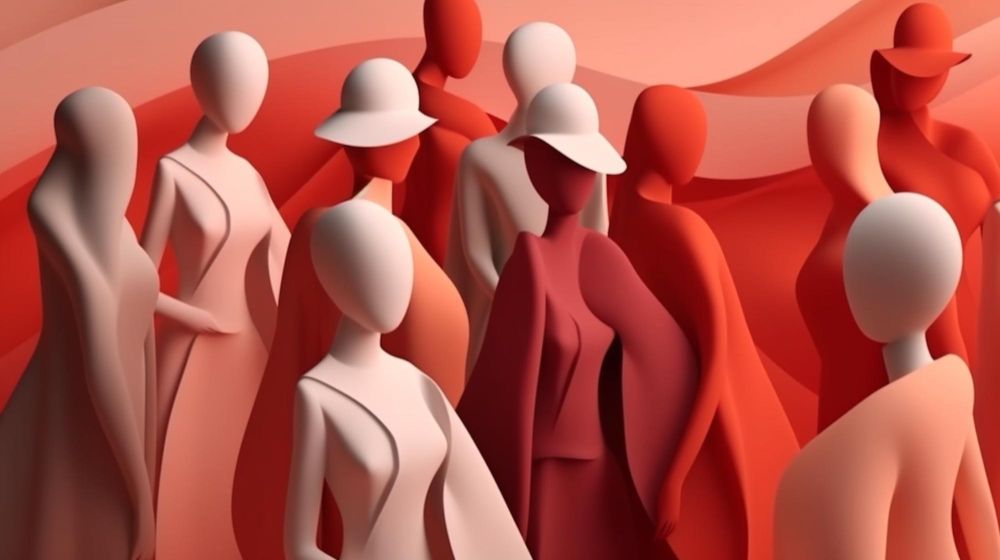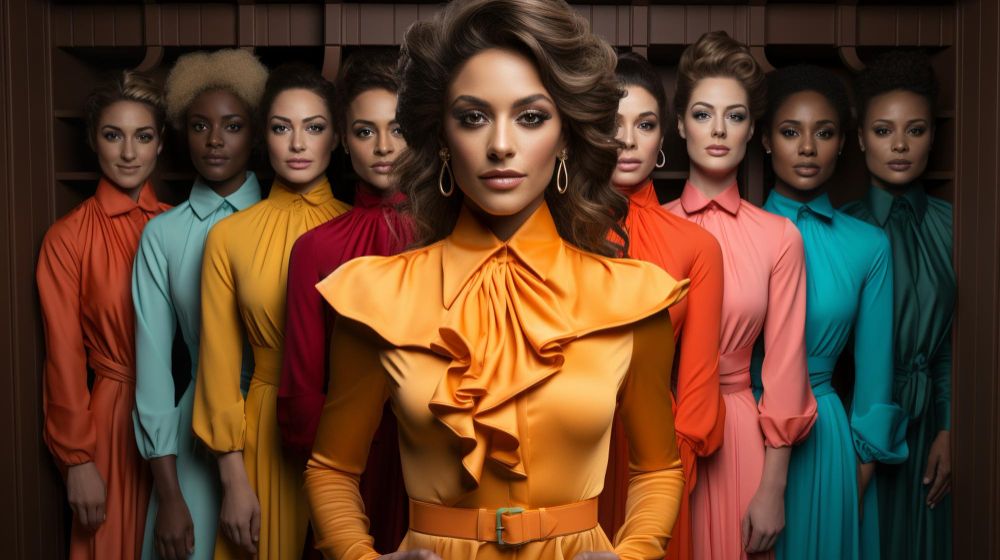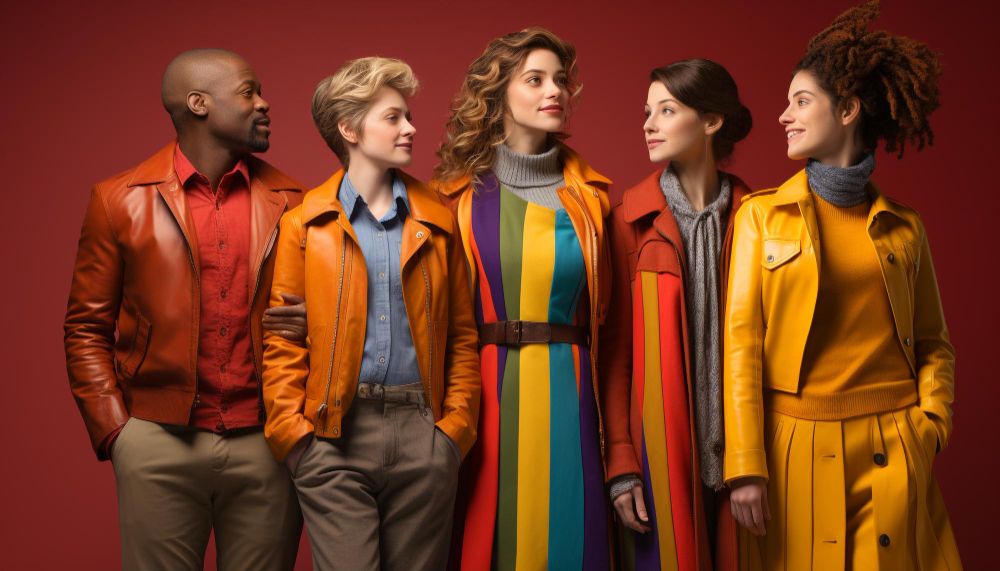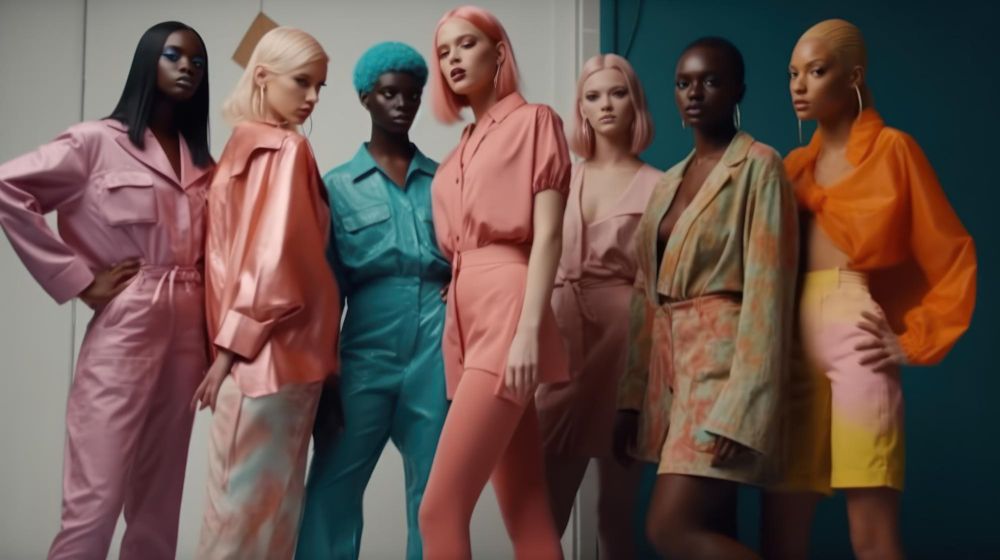Clothing manufacturing has long been associated with gender stereotypes, with roles traditionally divided along gender lines. However, in recent years, there has been a notable shift towards breaking these stereotypes and promoting gender equality within the industry.
This article explores the evolution of gender roles in fashion manufacturing and highlights initiatives to foster inclusivity and equality.
#Historical Perspective:
Historically, the Clothing manufacturing sector has been characterized by gendered divisions of labor.
Men were often employed in positions such as pattern cutting, tailoring, and managerial roles, while women were relegated to sewing, garment finishing, and other lower-paid, lower-skilled tasks.
This division reflected broader societal norms and expectations regarding gender roles in the workplace.

#Challenges and Inequalities:
The gender divide in fashion manufacturing perpetuated inequalities and limited opportunities for women to advance within the industry.
Women were often confined to low-wage, precarious jobs with little room for career advancement or upward mobility. Additionally, gender-based discrimination and harassment were prevalent, creating hostile work environments for many female employees.

#Changing Dynamics:
In recent years, there has been a growing awareness of the need to address gender disparities in fashion manufacturing.
Companies have begun reassessing their practices and policies to promote inclusivity and diversity. This shift has been driven by various factors, including advocacy efforts, consumer demand for ethically produced goods, and recognition of the economic benefits of gender equality.

#Initiatives Promoting Gender Equality:
Several initiatives and programs have emerged to promote gender equality in fashion manufacturing. These initiatives focus on various aspects of the industry, including recruitment and hiring practices, training and skill development, workplace policies, and leadership opportunities.
Several companies have adopted gender-neutral recruitment strategies to broaden their candidate base, fostering diversity within their workforce.
Additionally, certain organizations have initiated specialized training programs tailored to equip women with the necessary expertise and confidence to thrive in historically male-dominated positions.

#Case Studies:
Numerous fashion brands and manufacturers have taken proactive steps to promote gender equality within their organizations.
For instance, Levi Strauss & Co. has implemented a Women's Empowerment Program that provides training and support to female garment workers in its global supply chain.
Similarly, H&M has partnered with organizations such as CARE International to promote gender equality and women's empowerment in its supplier factories.

#Challenges and Future Outlook:
While strides have been taken, obstacles persist on realizing gender equality in fashion manufacturing.
Redefining entrenched gender stereotypes and biases demands ongoing dedication and collaboration from diverse stakeholders, encompassing governmental bodies, corporations, labor unions, and consumers alike.
Furthermore, achieving meaningful change will require a holistic approach that addresses not only workplace practices but also broader social and economic factors that contribute to gender inequality.

#Conclusion:
Gender equality in fashion manufacturing is a matter of social justice and a business imperative. By breaking stereotypes and promoting inclusivity, companies can create more equitable workplaces and unlock the full potential of their workforce.
Looking ahead, it remains imperative for stakeholders to collaborate proactively in shaping a fashion industry that embraces diversity and ensures equal opportunities for all individuals to succeed, irrespective of gender.






